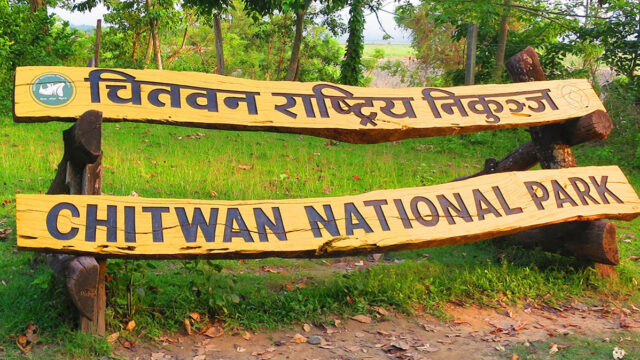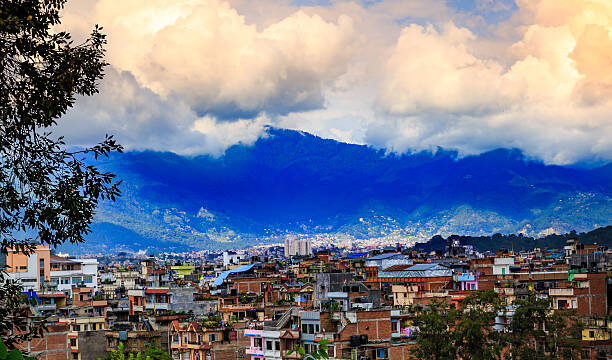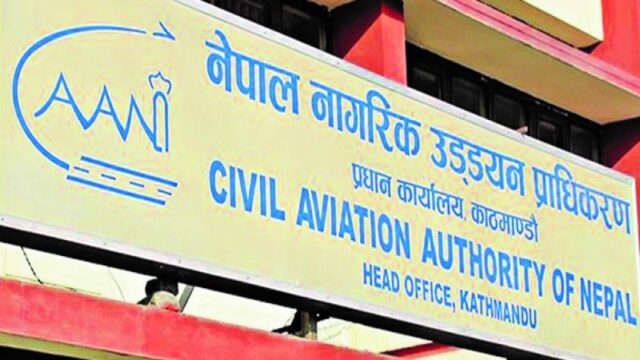In Varagung Muktichhetra Rural Municipality- 4, Kagbeni village of Rukum, there is a 1,200-year-old historic palace in a ruined state. The seven-story palace, originally made of mud, has now collapsed to four floors. This palace in Kagbeni, Mustang, was once the seat of governance by kings who ruled from Jumla. Locals say that the kings ruled the region from this palace, but much of the history about the palace and the kings remains under investigation.
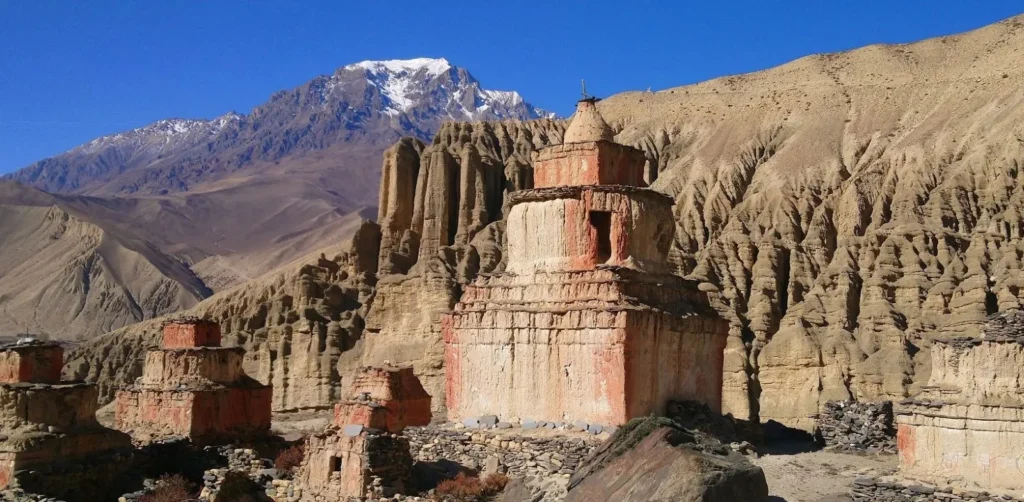
The palace is located among old houses made of stone and mud in Kagbeni village. Former chairman of Varagung Muktichhetra Rural Municipality, Fenchok Chepten Gurung, explained that the kings from Jumla once ruled from this palace, challenging the kings of Lomanthang. After being defeated by the Mustang kings, they abandoned the palace. The kings from Jumla governed several regions, including Kagbeni, Phalyak, Dhakajung, Pakling, Tiri, Purang, Jhong, Muktinath, Chusang, Tetaang, Chhaila, Samar, and Ghiling, according to records.
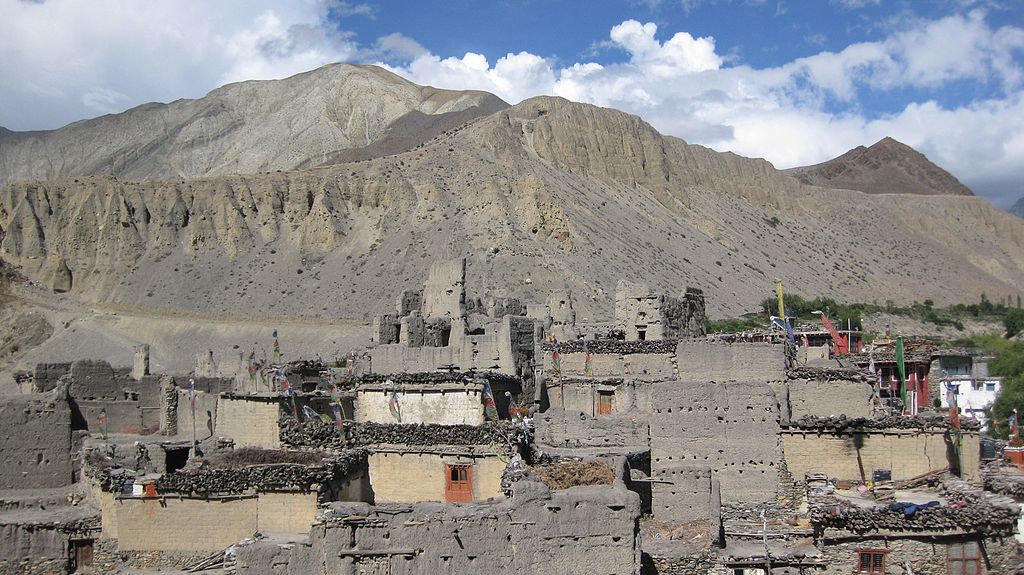
Gurung mentioned that the kings ruling from Kagbeni were known to oppress and punish the local population, forcing them to work and giving them food in return. Failure to comply with the king’s orders led to physical punishment. The king’s identity remains unclear, and further research is ongoing. The palace, built around 1,200 years ago, had 108 rooms and was constructed on a land that was believed to be compressed by yaks. It is now in a dilapidated condition due to weather and neglect, with only four floors remaining.

The palace remains a cultural heritage, with ancient sculptures and artifacts still inside. However, much of the structure is in a deteriorated state, with some parts still standing and others in ruins. Despite being a well-known religious site, tourists are largely unaware of the historical significance of the Kagbeni Palace. Local authorities hope that by researching and conserving the palace, it can become a major attraction and contribute to the region’s tourism development.



